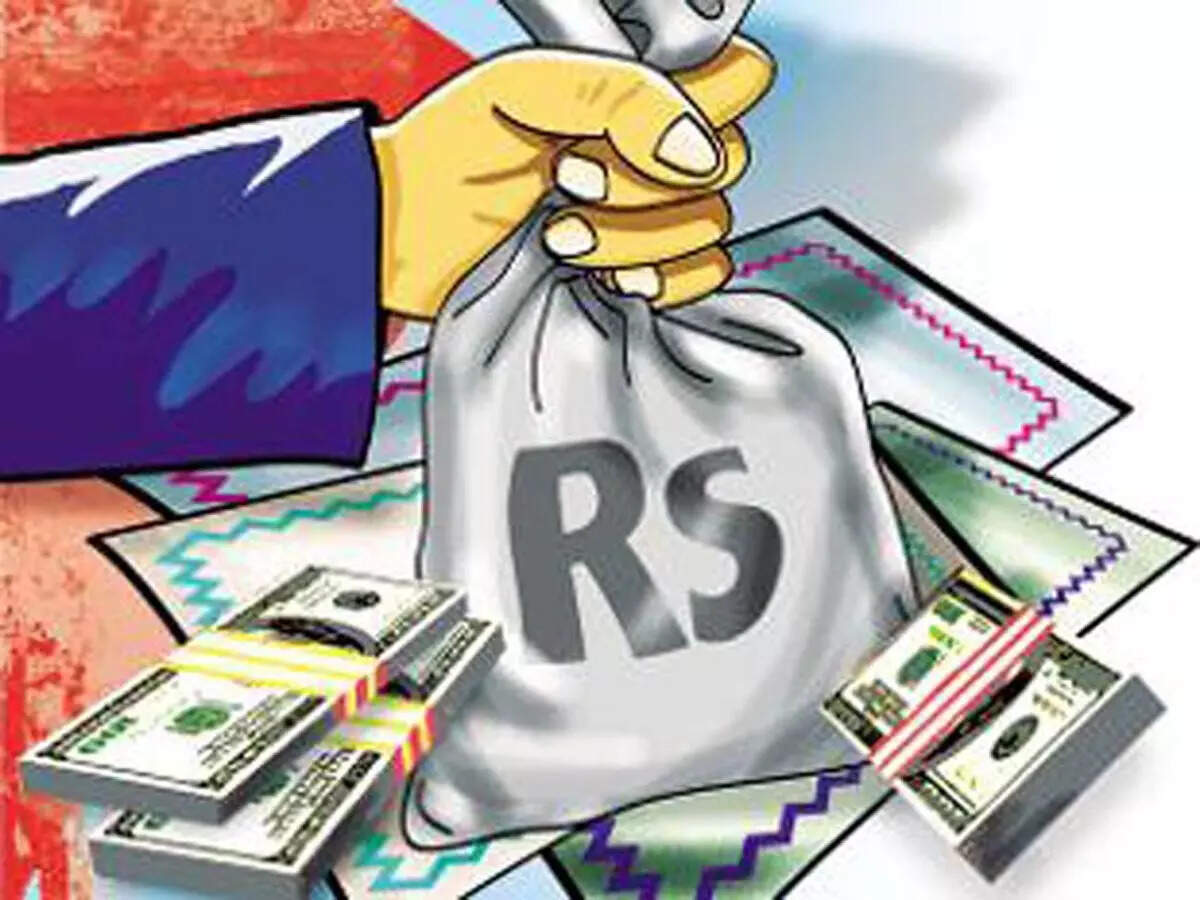Federal Bank Q2 net profit up 49.6%
[ad_1]
Read More/Less
Federal Bank reported a 49.6 per cent jump in its standalone net profit at ₹460.26 crore in the second quarter of the fiscal from ₹307.62 crore in the corresponding period a year ago.
This was aided by higher net interest income and lower provisions.
For the quarter-ended September 30, 2021, Federal Bank reported a net interest income growth of 7.2 per cent to ₹1,479.42 crore versus ₹1,379.85 crore a year ago.
Other income marginally fell by 1 per cent on an annual basis to ₹444.46 crore in the second quarter of 2021-22.
Net interest margin stood at 3.2 per cent as on September 30, 2021.
Provisions fell by 53.9 per cent to ₹245.33 crore in the second quarter compared to ₹532.09 crore a year ago.
Asset quality
Gross non-performing assets stood at 3.24 per cent of gross advances as on September 30, 2021 from 2.84 per cent on September 30, 2020. It, however, fell on a sequential basis from 3.5 per cent as on June 30, 2021.
Net NPA stood at 1.12 per cent of net advances at the end of the second quarter from 0.99 per cent a year ago and 1.23 per cent as on June 30, 2021.
Provision Coverage Ratio (including technical write-offs) stood at 79.33 per cent.
“We witnessed strong traction in NIM and pick-up in NII on the back of good credit growth in certain segments. Strong recovery and upgrades helped in virtually no credit cost for the quarter,” said Shyam Srinivasan, Managing Director and CEO, Federal Bank, adding that the digital story of the bank continues to prosper with fintech partnerships progressing well and contributing to over 50 per cent of new accounts booked.
[ad_2]
